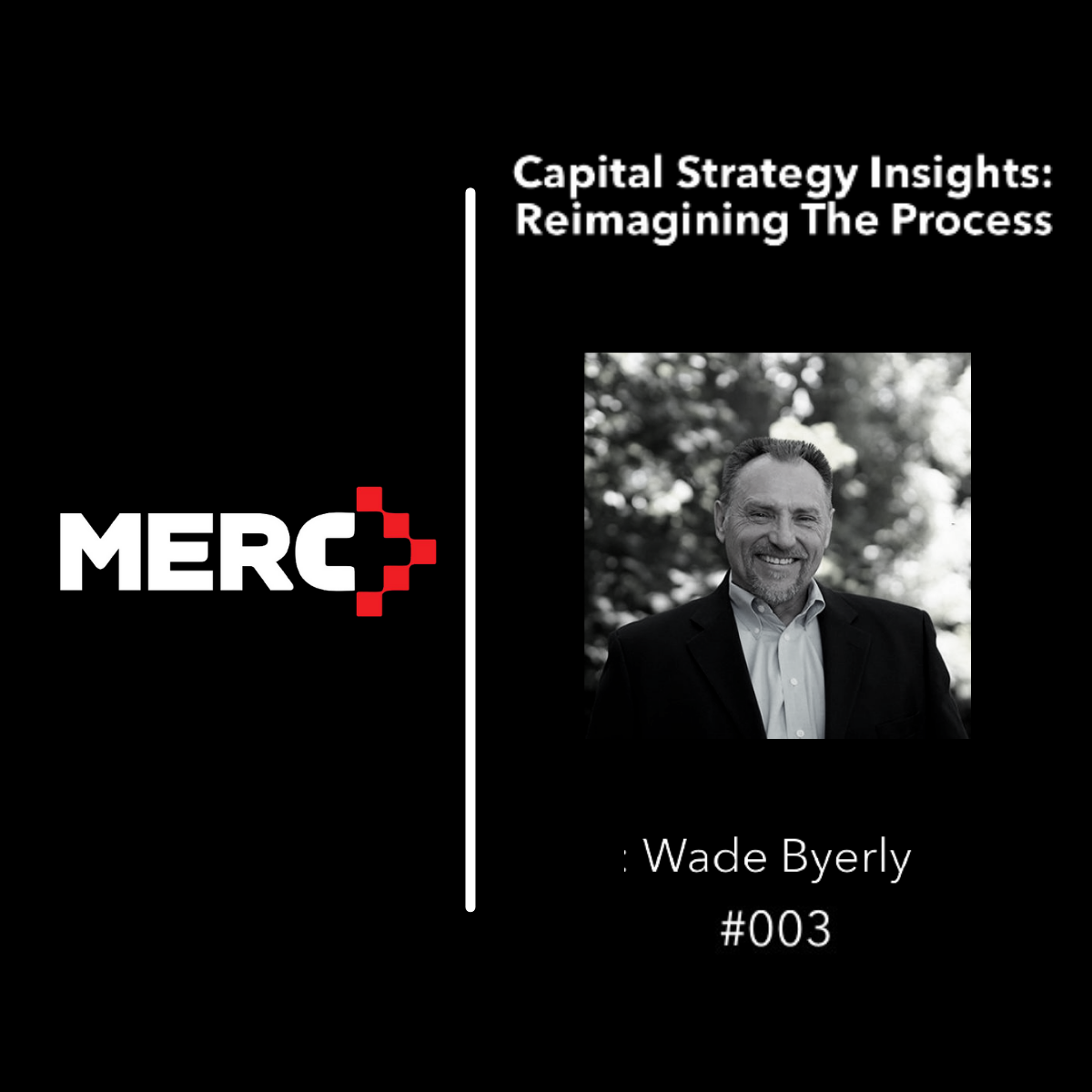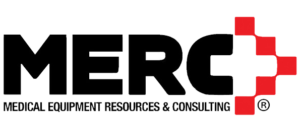Capital Strategy Insights: Reimagining the Process #003

10.1.2021
#003 Asset Value Contribution to Lifecycle – Part 2
In the last post I addressed the topic of using equipment until terminal failure (“driving the wheels off”) and the requirement of buyer acquisition of medical equipment assets that need to be liquidated. “Buyer acquisition” might be an odd term, but when the healthcare organization decides to move on from a piece of equipment, one of five things will happen in the liquidation process:
- Unit will be sold to a peer provider
- Unit will be sold to a used equipment reseller
- Unit will be traded-in to an equipment seller (new or used)
- Unit will be donated, either to a charity (domestic or international) or for education and/or research
- Unit will be terminally disposed (hopefully recycled and then off to the landfill)
In each one of those scenarios someone buys or acquires the asset. Unfortunately, in terminal failure, your options are very limited. It will be extremely unlikely that a peer provider will want the unit(s), even for parts. The equipment reseller might want those parts, but it will only represent a small offset to their costs to deinstall. If the seller of the replacement unit takes your equipment as a trade-in, it will likely come out of profit margin that you are paying to acquire the replacement unit. Donation options will be reduced or eliminated. Disposal is likely where this unit is going to end up, and unfortunately, that might mean the owner is paying for someone to take the unit away.
One of the reasons for these “pay to pull” scenarios are the costs of decommissioning the asset. These costs fall into the following categories:
- Administrative Costs – Your organization probably knows what it costs to cut a PO to acquire an asset; do you know what it costs to retire an asset?
- De-installation Costs – Fixed assets are obviously a concern, but what are the costs of rounding up all of the syringe pumps at your facility or health system?
- Logistics – This is the physical interface required to take the de-installed piece(s) and transfer them to the buyer/acquirer of the device(s). Requires scheduling, labor, dock space, Bill of Sale, etc.
Again, don’t forget the aforementioned buyer acquisition costs. They should be included when calculating the overall end-of-life costs.
If the asset you are retiring and liquidating has been used until terminal failure, there will be no way to offset these costs as there is no equity in the asset; the “pay to pull” decommissioning costs will be paid for out of pocket. They will contribute to the total cost of ownership of the asset.
I defer to the financial experts of the industry to determine whether terminal failure is the most responsible course of action. However, I believe it’s best to identify these costs and the impact of asset value so that they can be factored into the decision the replacement planning.
============================
When asset value is less than the costs of decommissioning the asset, the asset is in negative equity. Assets used until terminal failure are very likely to be in negative equity. What does zero asset value or negative equity do to the asset lifecycle? We’ll discuss that in the next post. How to avoid negative equity? We may get to touch on that as well.


